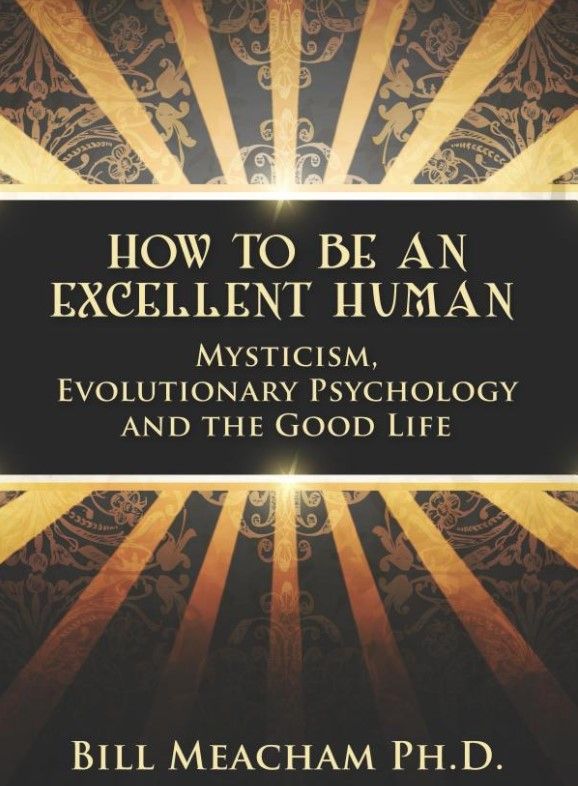Sentient Beings
Buddhists advise us to act so as to benefit all sentient beings. To understand this advice we need to know what a sentient being is. (We also need to know what benefiting such a being would consist in, but that is a topic for another time.)
Wikipedia says
“Sentient beings” conventionally refers to the mass of living things subject to illusion, suffering, and rebirth (Samsara). Less frequently, “sentient beings” as a class broadly encompasses all beings possessing consciousness, including Buddhas and Bodhisattvas [who are not subject to illusion and suffering, etc.].(1)
Initially we can say that a sentient being is one that is alive and is conscious of its environment. This definition excludes robots and other machines that detect changes in their environment and respond to them but, we assume, are not conscious. But what is it to be conscious?
In a pre-theoretical way we all know what it is to be conscious, because we are all conscious a good bit of the time. We have what is called “knowledge by acquaintance”(2) of being conscious. But attempts to define consciousness have been legion, and so far there is little agreement. That’s because our language is inadequate to the task. Language is well-suited for talking about the objective world we all inhabit, but not our subjective experience.
By “objective” I mean what is out in the public world that we can all see or hear or touch or sense in some way. If I tell you it is raining outside you can go look and see for yourself whether I am right. By “subjective” I mean what is private to each one of us. Such things as our thoughts and feelings, the particular shades of colors we see and the particular qualities of sounds that we hear are subjective. If I tell you I am thinking of rain you have no way to tell whether I really am or not.
So a sentient being is one that has a subjective, private point of view. The world appears in a particular way to a sentient being, a way that is not accessible to anybody else.
What distinguishes a sentient being from a non-sentient being is that we can imagine being the former but not the latter. Children do this all the time, playing at being cowboys or princesses or any number of other roles that they see adults acting out. First-person literature puts us in the shoes, so to speak, of another person, allowing us to fantasize how it would feel to be that person and how the world would appear to him or her. We can, if we choose, take another person’s point of view.
Obviously it is a lot easier to imagine being another person than being something non-human such as, for instance, a bat(3) or a dolphin(4), both of which rely on sensory modalities far different from ours. But we can at least imagine that the world appears in some way to such beings, even if we cannot very well imagine the specifics. We infer from their behavior that they perceive their world and take an interest in it, that they have beliefs and desires and initiate actions as we do. We can, in a similar way, imagine that worms, insects, even single-celled amoebae are sentient.
Imagining being another sentient being allows us to care about that being. We can sympathetically understand their suffering and their joy. We have compassion for them because we know, or think we know, how it is to be that being. Just as we would like to alleviate our own suffering, we want to alleviate theirs as well.
One might reasonably ask if having compassion is really the best way to alleviate our own suffering. Why open ourselves to the possibility of feeling what another being feels? That just gives us more suffering! Perhaps we would be better advised to close ourselves off and not care about others at all.
Well, closing ourselves off is certainly one strategy for reducing our suffering, just as cultivating compassion is another. But those who have tried both report that the latter works a lot better. Your life is richer and far more fulfilling when you enlarge it. The closed-off path leads to loneliness, despair and pain. The path of compassion leads to connection, hope and delight. And, if the Buddhists are to be believed, it leads ultimately to the perfect peace of Nirvana as well.(5)
There’s only one way you can find out for sure. I suspect we have all closed ourselves off to one degree or another. To find out if compassion works better, we’ll just have to try being compassionate and see for ourselves.
—
Notes
(1) Wikipedia, “Sentient beings (Buddhism).”
(2) James, Principles of Psychology Vol. 1, p. 221, cited in Buck, “William James,” p. 613.
(3) Nagel, “What Is It Like to Be a Bat?” p. 438.
(4) Foer, “It’s Time for a Conversation,” p. 36.
(5) Wikipedia, “Nirvana.”
References
Buck, Ross. “William James, the Nature of Knowledge, and Current Issues in Emotion, Cognition, and Communication.” Personality and Social Psychology Bulletin, Vol. 16 No. 4, December 1990, pp. 612-625. Online publication https://www.academia.edu/868783/William_James_the_nature_of_knowledge_and_current_issues_in_emotion_cognition_and_communication as of 23 July 2014.
Foer, Joshua. “It’s Time for a Conversation: Breaking the Communication Barrier Between Dolphins and Humans.” National Geographic Magazine, May 2015, pp. 30-55.
James, William. Principles of Psychology. New York: Holt, 1890.
Nagel, Thomas. “What Is It Like To Be A Bat?” The Philosophical Review, Vol. 83, No. 4 (Oct., 1974), pp. 435-450. Online publication http://www.jstor.org/stable/2183914 as of 29 April 2015.
Wikipedia. “Nirvana.” Online publication https://en.wikipedia.org/wiki/Nirvana as of 29 April 2015.
Wikipedia. “Sentient beings (Buddhism).” Online publication https://en.wikipedia.org/wiki/Sentient_beings_%28Buddhism%29 as of 28 April 2015.

How To Be An Excellent Human
Mysticism, Evolutionary Psychology and the Good Life by Bill Beacham, Ph.D.

